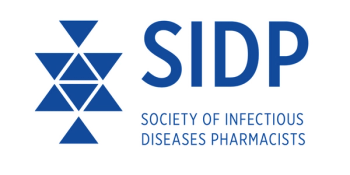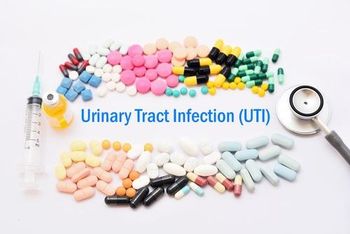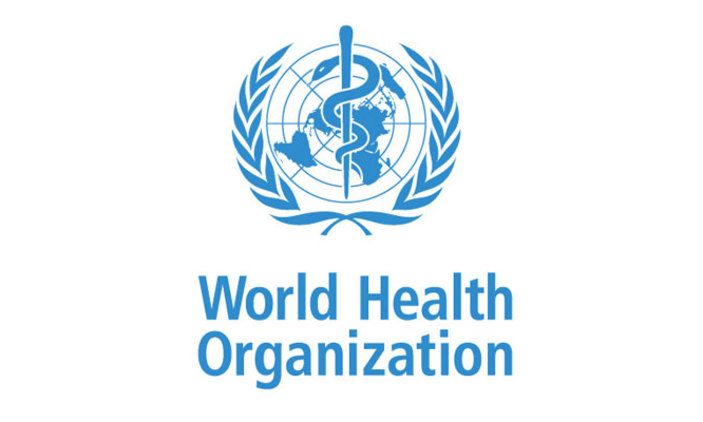
Antimicrobial Stewardship
Latest News

Video Series

Latest Videos
Shorts



Podcasts
CME Content
More News

This week, read about Merck's advancement of one of its HIV combination therapeutics, Pfizer's influenza vaccine data, the importance of antimicrobial resistance awareness, and more.

David Cameron, PhD, discusses how researchers discovered its antibiotic, Debio 1453, through structure-guided design and advanced it from potent preclinical activity to first-in-human testing.

AMR Action Fund CEO Henry Skinner, PhD, MBE, discusses the significance of this week, provides an update on the PASTEUR Act, and explains the differing approaches between Europe and the US with regard to push-pull incentives.

The Leapfrog Group has released its Fall 2025 Hospital Safety Grades showing states such as Utah and New Jersey remain in the top 5 of rankings. Data on health systems is also included in the report.

This week, read about the FDA's approval of IV antibiotic, Contepo, for complicated urinary tract infections, penicillin‑binding proteins, post-exposure doxycycline for Lyme disease prevention in young children, and more.

PBPs are more than static β lactam targets. Host conditions rewire PBP activity and peptidoglycan architecture, shaping tolerance, resistance, and how we design salvage regimens.

The federal agency gave the nod to Meitheal Pharmaceuticals for its antibiotic, Contepo, an intravenous fosfomycin offering a new mechanism of action and a new option for adults with complicated urinary tract infections, including those caused by resistant gram-negative pathogens.

The Global Antimicrobial Resistance and Use Surveillance System (GLASS) of the WHO finds antibiotic resistance and the particular threat of resistant Gram-negative bacteria disproportionately prevalent in low- and middle-income countries. Here is part 1 of 2-part coverage of the WHO Global Antibiotic Resistance Surveillance Report.

A new genomic study reveals that up to 18% of urinary tract infections (UTIs) in Southern California may stem from E coli strains transmitted through contaminated poultry and meat, disproportionately affecting residents of low-income neighborhoods.

John Osiecki, PhD, explains how faster, standardized testing can speed detection and strengthen antimicrobial stewardship.

Cefiderocol is noninferior to standard of care empiric treatment of noscomial Gram-negative bloodstream infections in open-label "Game-Changer" trial.

AI predicted mechanism of action for investigational, narrow spectrum antibiotic against pathogens in Crohn's disease and IBD-related conditions.

The company is advancing R327G, a novel synthetic anti-infective for diabetic foot infections, through a phase 3 clinical trial in Indonesia, marking a major step toward the first new anti-infective class approval in over 40 years.

Despite modest progress, Staphylococcus aureus bloodstream infections—particularly those caused by MRSA—remain a major cause of morbidity and mortality, underscoring the urgent need for novel, broad-spectrum treatments such as ceftobiprole that can address both resistant and susceptible strains.

University of Oregon researchers found that adding a common chemical, chlorate, to standard antibiotics made them up to 10,000 times more effective in lab tests against hard-to-treat bacteria, offering a potential breakthrough for chronic wound care.

Infections caused by NDM-producing carbapenem-resistant Enterobacterales have risen more than 4-fold since 2019, raising alarms about limited treatment options, delayed detection, and heightened risks of transmission and mortality in health care settings. TAXIS Pharmaceuticals Chief Scientific Officer Ajit Parhi, PhD, offers some insights on NDM-CRE, antimicrobial resistance, and an overview of his company’s pipeline.

Recce Pharmaceuticals has begun its study for this indication in Indonesia with its investigational product, RECCE 327 topical gel (R327G).

Stewardship programs that reduce initial use of extended-spectrum antibiotics appear to influence antibiotic choice throughout hospitalization.

The 2025 ATS guidelines for community-acquired pneumonia update recommendations on imaging, antibiotic use, treatment duration, and corticosteroid use, emphasizing lung ultrasound as an alternative diagnostic tool, more selective empiric antibiotic prescribing, shorter courses of antibiotics for stable patients, and limited use of corticosteroids to severe inpatient cases.

Environmental modeling shows inpatient IV therapy has the highest carbon, water, and waste footprint, while OPAT offers major reductions.

A CDC report links the rapid growth of NDM-CRE to testing gaps and urges the prompt use of carbapenemase testing, mechanism-guided therapy, and stronger infection prevention measures.

This week, OPAT for gram-negative infections expands to outpatients amid infusion complexity and stability limits, HHS and CDC add five ACIP members days before meeting, and more.

Eloise Williams, MBBS, BMedSci, MPHTM, FRACP, FRCPA, details how an 8-criterion genomics-plus-clinical framework narrowed 5,881 isolates to 5 strains while prioritizing safety and contemporary relevance.

Bordetella bronchiseptica is a rare human respiratory pathogen that can be initially confused for Bordetella pertussis, leading to potentially inadequate treatment. This article reviews the organism and recent literature on the successful treatment of B bronchiseptica.

Shin Hye Yoo, MD, PhD, on a nationwide cohort showing end-of-life antibiotic use clusters in the final months, is higher in hematologic cancers, and offers a window for stewardship and goal-concordant care.






























































































































































































































































































